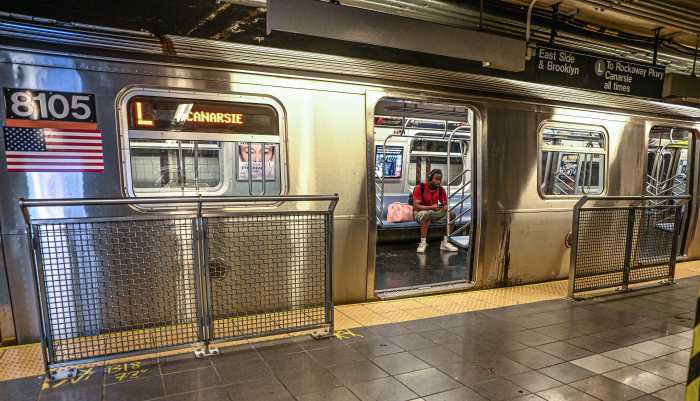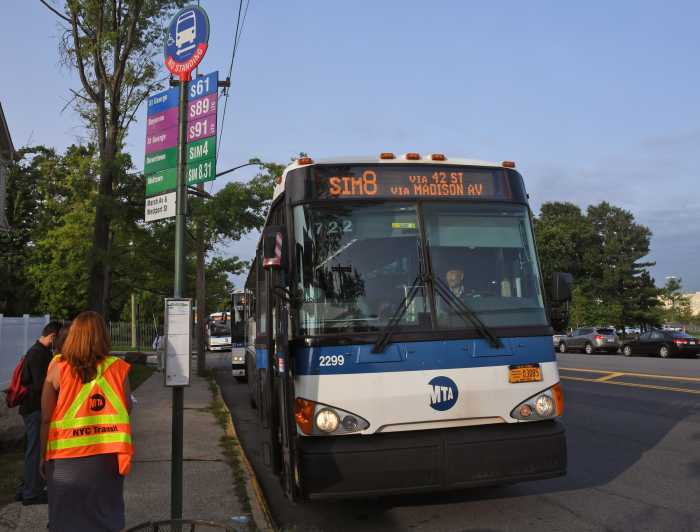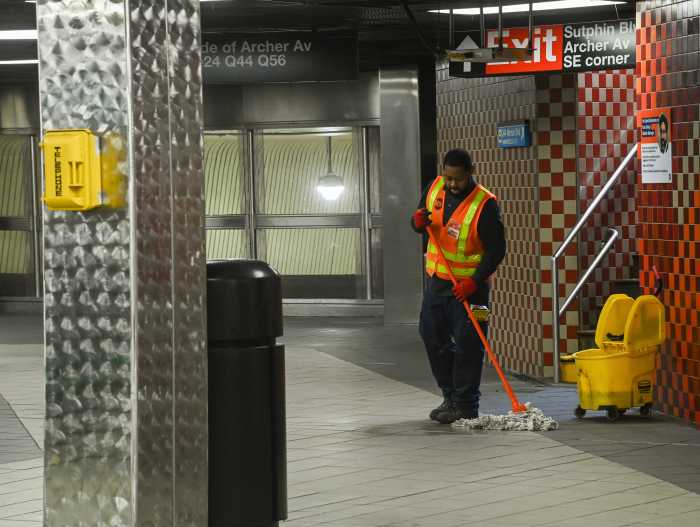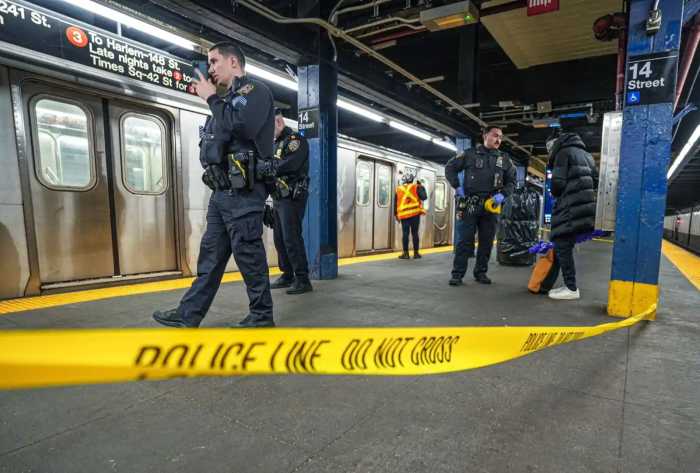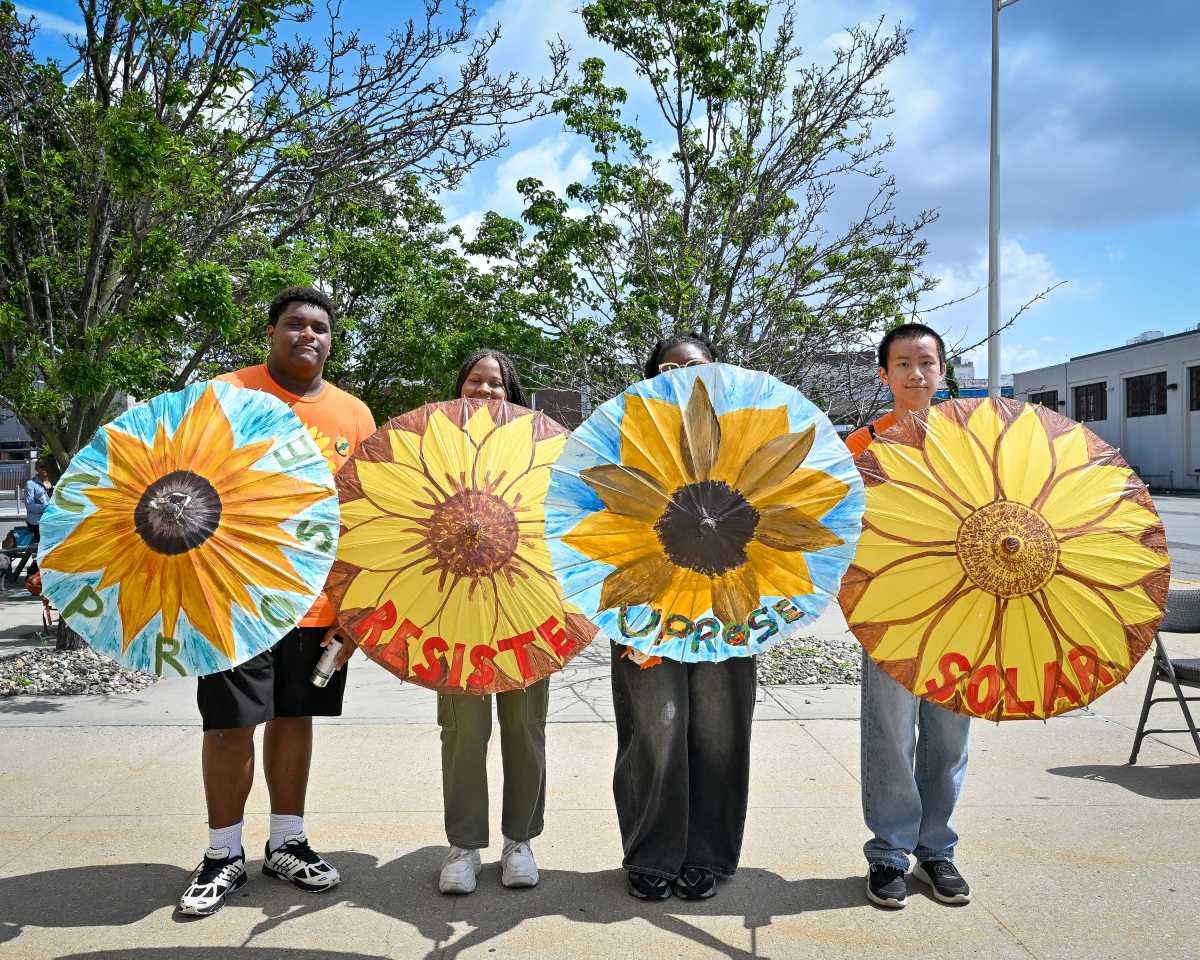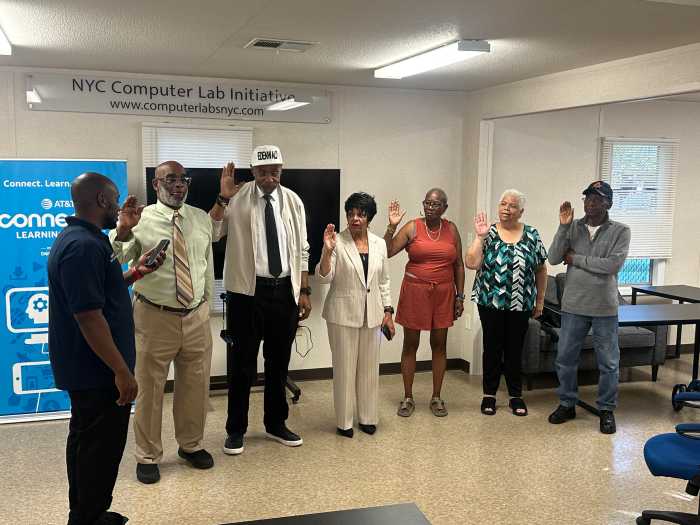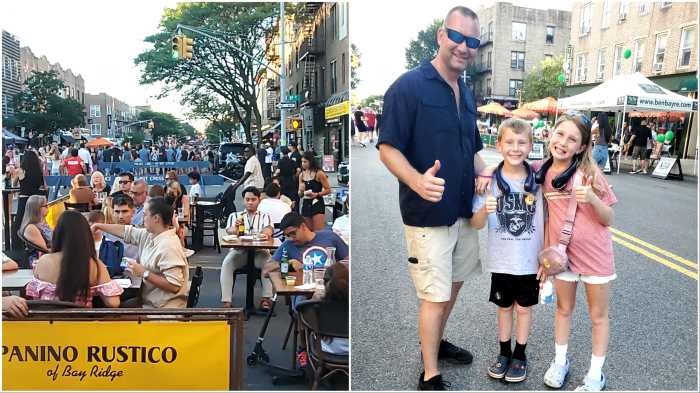Alis, a Queens resident, relies on buses to get around the bustling borough. But on one sweltering summer day at a bus stop on Northern Boulevard, she threw her hands up in the air and said, “Do you see what I mean?”
She was waiting more than a half hour for the Q66, the main bus that runs along the busy Queens corridor.
“I take the Q72, too. And I’ve missed appointments,” she said, noting the buses’ tardiness.
Alis’ story is not an anomaly. Many of the 800,000 people who ride Queens buses each day have complained about slow and crowded rides. Although the new MTA’s Queens bus network redesign, launched recently on June 29, aims to fix these problems, a group of transit advocates has an ambitious plan to do even more, not only for bus commuters in Queens, but citywide.
Researchers from the Permanent Citizens Advisory Committee to the MTA (PCAC) announced a report on Tuesday detailing a strategy called Bus Rapid Transit (BRT). In the report, dubbed Bus Rapid Transit for the Boroughs: How the MTA and City Hall Can Transform Your Bus Ride, researchers describe how BRT, a relatively unknown concept in the United States, would use center-aligned bus lanes and other elements to make bus travel more efficient.
“BRT as a concept is not something a whole lot of people in New York or the country in general are really aware of,” Henry Mei, research and advocacy intern at PCAC, explained, adding that other international cities have successfully implemented the system. “Some cities off the top of my head include Mexico City, Buenos Aires, a lot of cities in African nations as well, where they’ve used BRT to create a spine of dedicated center-running bus lanes, full bus shelters and off-board fare payment to create a faster and more accessible bus system for riders.”
Center-running bus lanes
The centerpiece of BRT – the center-aligned bus lanes – is a street design much different from the more common curbside bus rider pick-up and drop-off method, the PCAC report explains.

Mei said that protected bus lanes aligned to the center of streets avoid a myriad of issues that plague curbside bus lanes, most notably illegally parked cars and delivery vehicles.
“See, look at that,” Mei said while pointing out a series of cars parked at a stop during a recent bus ride.
But it is about more than where buses ride and roll. According to PCAC researchers, BRT is different from the city’s current bus network because it would prioritize buses at intersections and offer off-board fare payment and accessible level boarding—elements the report says can get buses moving faster.
Riders “deserve to move faster than a chicken”
The Q66 on Northern Boulevard is a case-in-point for BRT, as riders experience painfully slow commutes on this popular street. In 2022, buses on the boulevard clocked in at 8 mph, according to the MTA. In response, the NYC Department of Transportation (DOT) installed its standard offset bus lanes as part of a bus priority project in 2023.
The result? Nothing dramatic, with the Q66 rolling up to an unimpressive 8.1 mph in 2024, the average speed of most NYC buses.
“Our city’s buses are notoriously slow, between traffic, double parked vehicles and other delays,” Lisa Daglian, executive director of PCAC, said. “Bluntly, riders deserve to move faster than a chicken.”
Daglian recognized the strides MTA has made within its bus network and DOT made with street design, but said more needs to be done.
“While the MTA and DOT have made some progress to speed the ride in recent years by building dedicated bus lanes, implementing Automated Camera Enforcement, and with the much needed bus network redesigns, a true bus rapid transit system would be transformational for New York City’s two million daily bus riders,” she said. “We look forward to working with the MTA and NYC DOT to continue to improve buses around the city and move BRT from concept to reality in New York City.”
Mei explained that since Northern Boulevard’s road layout is relatively consistent, a streamlined BRT design could be implemented. BRT would also help neighborhoods located in “transportation deserts” with minimal or no access to trains.
“Buses, especially here in Queens, are the powerhouse of mass transit for a lot of straphangers,” he said. “A lot of places, especially here in Queens, do not have adequate subway access. And they are not always wheelchair accessible. That’s why we have to make sure our buses move as quickly and beneficially as possible for riders.”
According to the PCAC report, the vision for Northern Boulevard includes an articulated bus fleet with doors on both sides of the vehicle, “unlocking the ability to construct a single island platform with bus lanes on either side.”

Riders of the Q63 and Q66 would use the same stations built in the middle of the roadway, currently occupied by a yellow-striped median and left turn lanes at a few intersections. Fare gates and platform screen doors are ideal solutions for speedy off-board OMNY payment and fare evasion mitigation—an ongoing revenue-losing scourge for the MTA.
PCAC also found that BRT could work on another NYC corridor famous for its slow buses: Flatbush Avenue in Brooklyn. On June 5, the DOT said it plans to redesign the corridor from Livingston Street to Grand Army Plaza with center-running bus lanes as transit advocates continue to urge Mayor Eric Adams to adopt the plan.
DOT reaction
As Daglian stated, the MTA and City Hall would need to collaborate to accomplish BRT designs, as they incorporate both bus fleet and street changes.
The 2025 NYC mayoral race has sparked a refreshed focus on bus service in the Big Apple, with Zohran Mamdani holding the Democratic nomination that features a “free buses” platform, attracting appeal from many New Yorkers.
But DOT, under the Adams administration, has made efforts to improve bus service, including the creation of more bus lanes and other street features.
“NYC DOT has made buses faster, more reliable, and accessible for hundreds of thousands of daily bus riders with nearly two dozen miles of new bus lanes in the past three years alone,” a DOT spokesperson explained. “The agency has also worked to dramatically expand camera enforcement and transit signal priority at intersections to keep bus lanes clear for the millions of riders who use our buses daily.”




